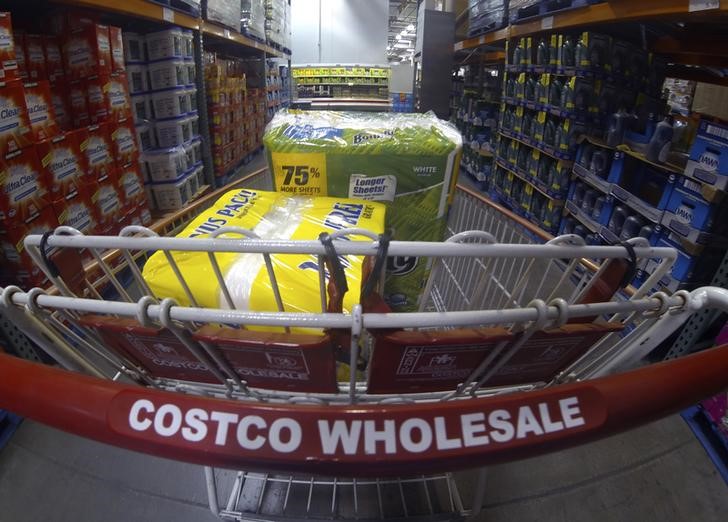WASHINGTON (Reuters) - U.S. wholesale inventories rebounded less than initially estimated in April and will likely be eclipsed by a plunge in stocks at retailers, suggesting inventory investment could again be a drag on economic output in the second quarter.
The Commerce Department said on Tuesday that wholesale inventories rose 0.3% in April instead of increasing 0.4% as reported last month. Stocks at wholesalers dropped 1.1% in March. The component of wholesale inventories that goes into the calculation of gross domestic product increased 0.6% in April.
The government estimated last month that retail inventories plunged 3.6% in April. That estimate will be updated next Tuesday. A drawdown of inventories contributed to GDP shrinking at a 5.0% annualized rate in the first quarter, the sharpest pace of contraction since the 2007-2009 Great Recession.
The National Bureau of Economic Research, the arbiter of U.S. recessions, declared on Monday that the economy slipped into recession in February. Nonessential businesses were shuttered in much of the country in mid-March to slow the spread of COVID-19, the respiratory illness caused by the novel coronavirus, almost bringing the economy to a halt.
The NBER does not define a recession as two consecutive quarters of decline in real GDP, as is the rule of thumb in many countries. Instead, it looks for a drop in economic activity spread across the economy and lasting more than a few months.
Inventory investment has subtracted from GDP for four straight quarters. The drag in recent quarters reflects declining imports, which have been depressed by the White House's trade war with China and the COVID-19 pandemic.
Goods imports tumbled to more than a nine-year low in April.
Sales at wholesalers dropped a record 16.9% in April after falling 5.1% in March. At April's sales pace it would take wholesalers 1.65 months to clear shelves, up from 1.36 months in March.
